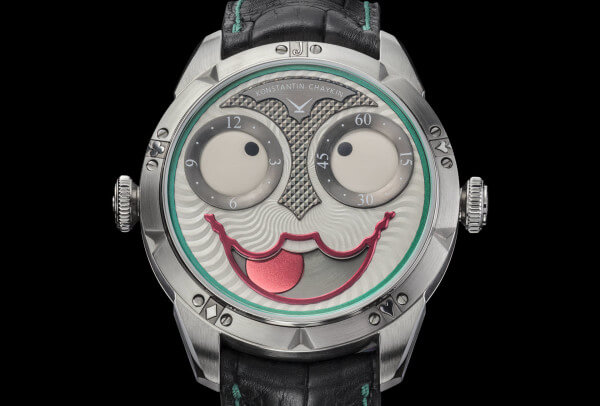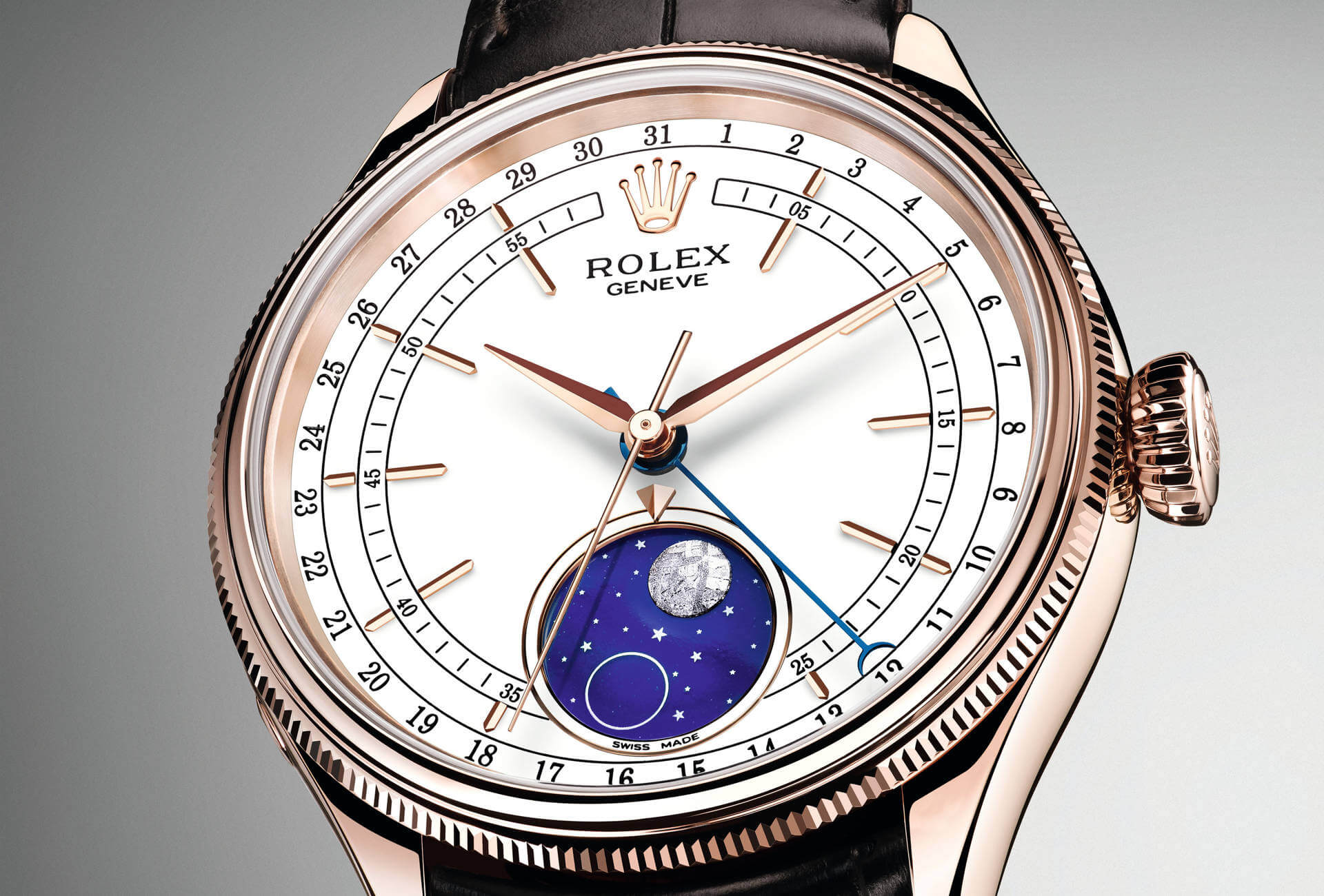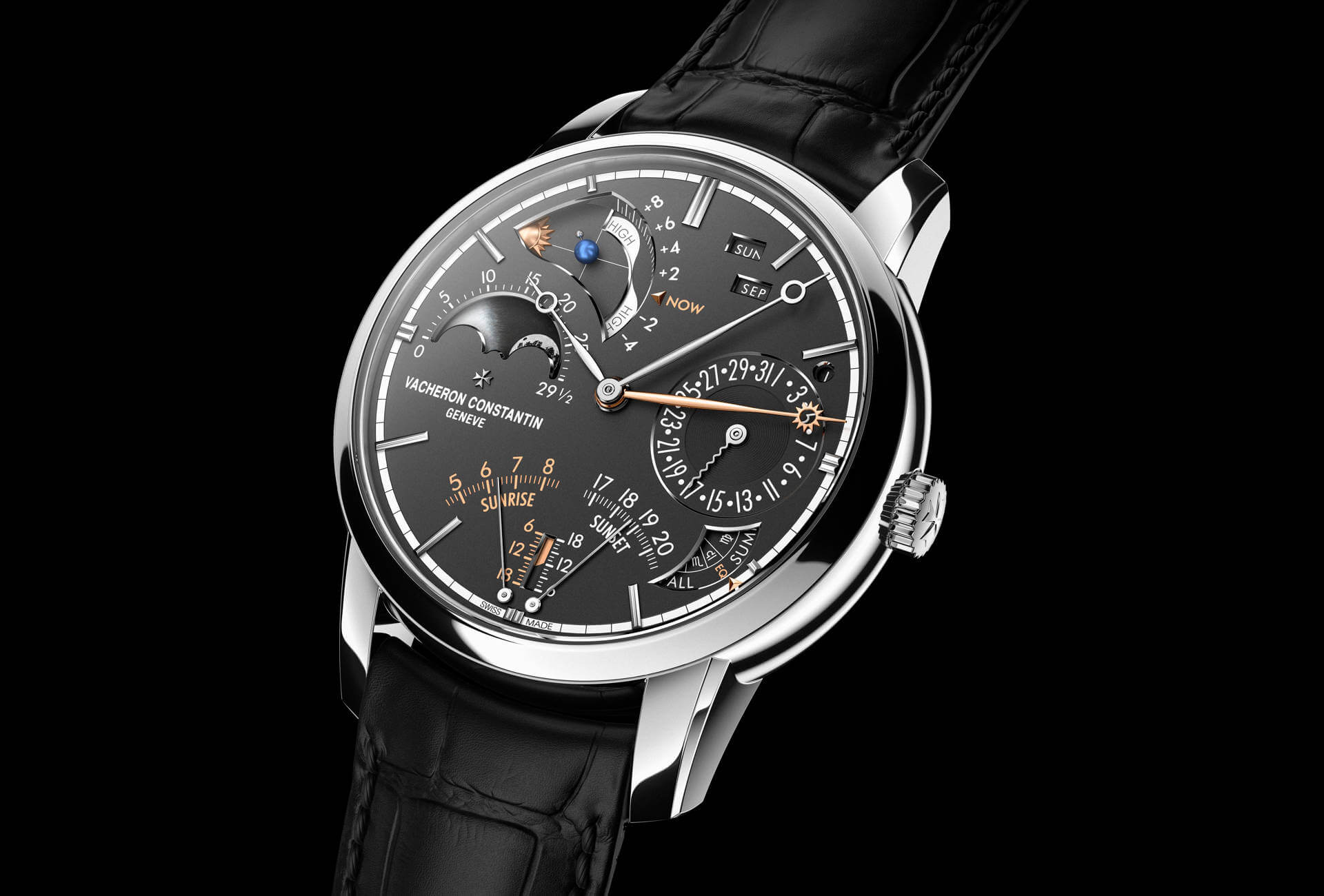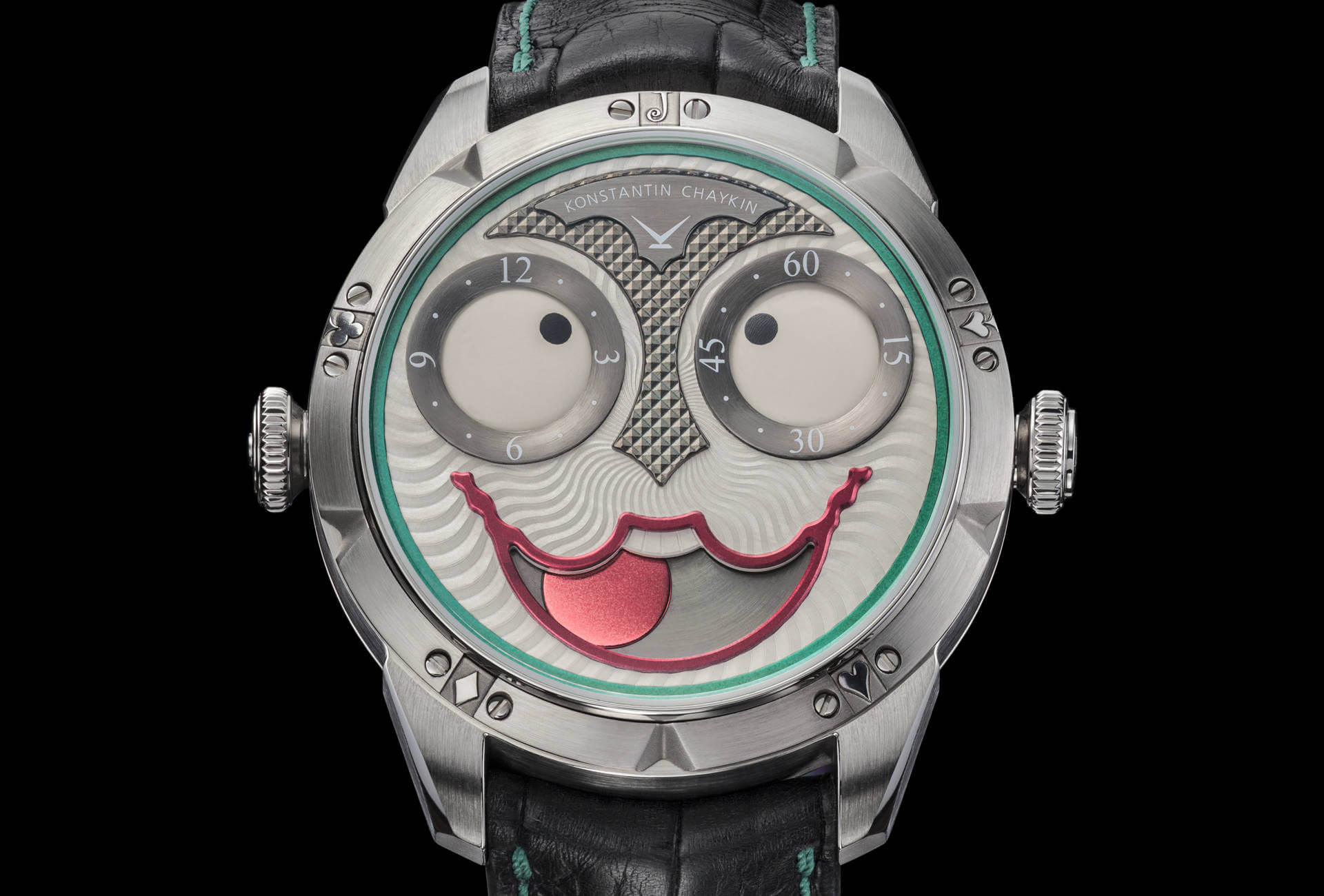Next time you glance down at your wrist, spare a thought for the stars and planets above. After all, how we measure time is derived from observations of their movement, in particular the phases of the moon which accompany the passing weeks and months. An actual lunation (the time between successive new moons) spans 29 days, 12 hours, 44 minutes and 2.8 seconds. That’s 29.53 days. For watchmakers, who are sticklers for precision, this is less than ideal, as the mechanism that generally serves to transpose these moon phases to the dial relies on a gear with 59 teeth. It drives a disc showing two moons. A mechanical lunation therefore lasts 29.5 days, meaning it will be off by one day every two years and almost eight months. Certain watchmakers have found a way round this imprecision by fitting their movements with an astronomical or precision moon phase, driven by a gear having 135 teeth. The discrepancy between the actual and mechanical moon phases is therefore reduced to one day every 122 years.
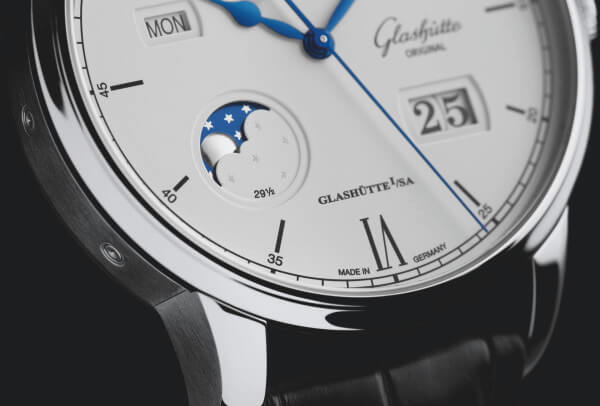
Such precision, needless to say, is a prerequisite for a timepiece such as the Celestia Astronomical. A unique piece revealed earlier in the year by its maker, Vacheron Constantin, its 23 complications include a perpetual calendar with precision moon phases and age of the moon (the number of days since the last full moon), a maresocope that shows tide level, and a three-dimensional representation of the alignment of the earth, moon and sun. A moon-phase display is a favourite companion of the perpetual calendar, as several of the watches on show at Baselworld remind us, from the extra-thin Slim d’Hermès Perpetual Calendar Platinum to the Glashütte Senator Excellence Perpetual Calendar, which puts a new twist on its contemporary design. Chopard’s highly technical L.U.C Lunar One, which has COSC and Poinçon de Genève certification, features an orbital astronomical moon. Nor would any review of precision moon-phase displays be complete without Andreas Strehler’s Sauterelle à lune perpétuelle, which will unfailing chart the changing face of the moon for the next two million or so years. Strehler followed this with the Lune Exacte. Like the Sauterelle, it deviates from its reference value by just one day every 2,060,757 years, and even measures the age of the moon to the nearest three hours!
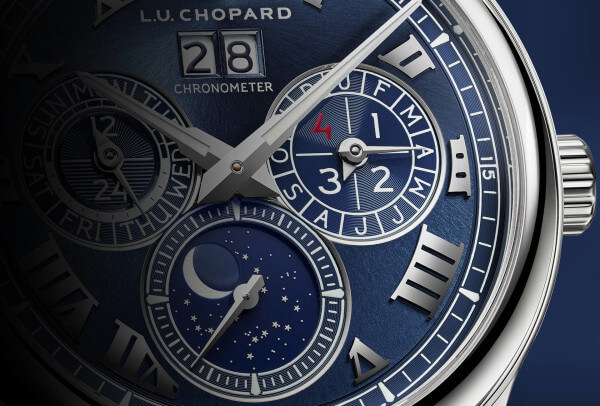
A shower of moons
These high-precision displays aside, most watchmakers “make do” with the simpler version, if one can call it such, chosen more for the whimsy a moon phase brings than for the mechanical intermeshing that enables us to track our satellite’s ever-changing moods. Almost without exception, brands have been turning their attention towards their female fans in recent years, and women’s watches have become an ideal support for this complication. Particularly outstanding at January’s Salon International de la Haute Horlogerie in Geneva were A. Lange & Söhne and its Little Lange Moon Phase, Jaeger-LeCoultre with its Rendez-Vous Moon, and Vacheron Constantin for its Patrimony with moon phase and retrograde date. A few weeks later, the moon continues to shine at Baselworld, where Blancpain is showing a Villeret Date Moon Phases, fitted with the new 913QL movement with Glucydur balance and silicon balance spring. Zenith also presents an Elite Lady Moonphase. Rolex’s latest innovations include a Moonphase, part of its Cellini collection, with “a white lacquer dial with a blue enamelled disc at 6 o’clock showing the full moon and the new moon, the former depicted by a meteorite applique and the latter by a silver ring. The moon phase is read via the indicator set at 12 o’clock on the subdial, as the full moon and new moon rotate through the lunar cycle.” At Bulgari, the moon appears in an aperture shaped as an arc of a circle, in the upper part of the Lucea Moon Phases’ mother-of-pearl dial.
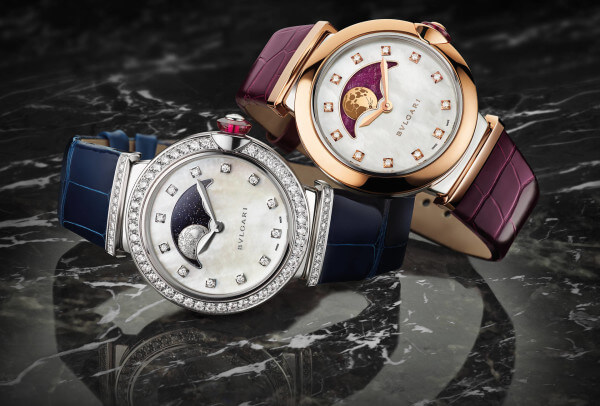
Moving along, certain of the year’s new releases have broken free of the moon phase’s traditional codes, beginning with the Omega Speedmaster Moonphase – a watch with more intimate lunar connections than most. Hublot, a brand never afraid to venture off the beaten track, is offering a Spirit of Big Bang Moonphase in a 42mm tonneau case. The skeleton architecture of the manual-wind HUB1770 calibre is coloured by a quartz dial, made from silicon dioxide and aluminium oxide. They are melted then mixed with “rare earth elements” to give the dial its blue, purple, orange or pink hue. Anyone in the market for a truly offbeat timepiece need look no further than the Joker Watch from Russian watchmaker Konstantin Chaykin. Batman’s arch enemy sticks out his tongue to symbolise the moon phases. Hours and minutes are measured by revolving discs inside the eyes. The moon will always have the last laugh!
